How Mammoth Mountain has revolutionized the development of world-class snowboarders
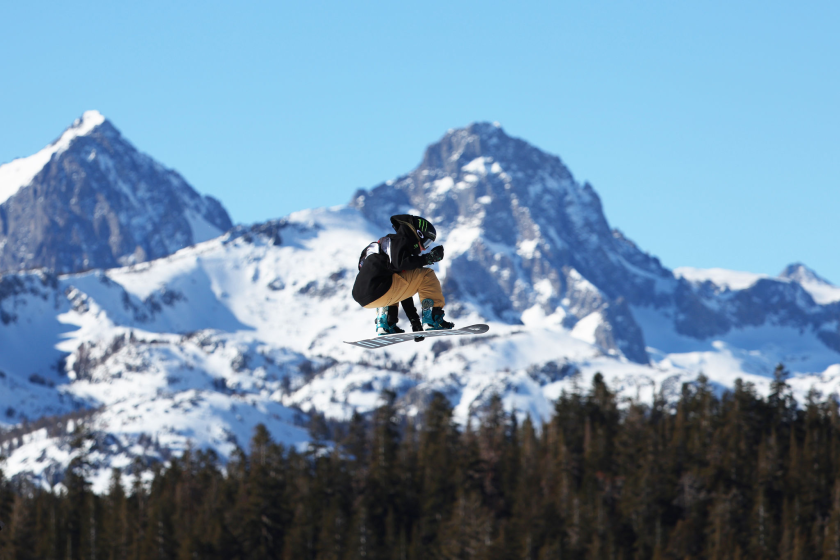
Benjamin Wisner wanted to cover the slopestyle course in Mammoth Mountain's famed main park with what looked like the world’s largest slip-and-slide. Only one question stood in his way.
“Is it going to be cool?” the Mammoth Mountain chief financial officer asked.
A single-word answer in the affirmative was all it took to secure more than $100,000 for the revolutionary air bag.
“That’s Mammoth, you know,” Wisner said. “We do what no one else is doing.”
In a sport obsessed with pushing limits, the resort's forward-thinking culture and idyllic environment have produced some of Team USA's best snowboarders and free skiers through its celebrated Mammoth Mountain Ski and Snowboard Team. The club directed by Wisner has four alumni on the Olympic snowboarding team in Beijing with reigning gold medalist Chloe Kim, halfpipe teammates Maddie Mastro and Tessa Maud and slopestyle snowboarder Dusty Henricksen.
“I owe my whole career to the Mammoth team,” said Maud, who will make her Olympic debut. “I learned everything I know from them.”
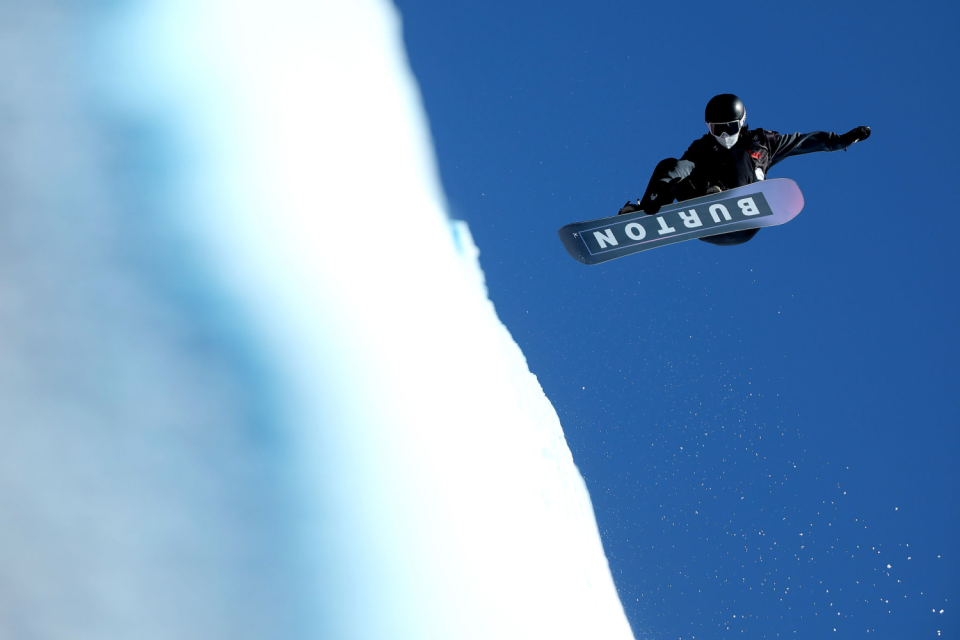
Maud, 18, was named to the Team USA rookie squad last year, giving her access to the national team coaches but she wanted additional support from the club and coach that shaped her career from age 7. So, she returned to Mammoth and Wisner for her Olympic qualifying run.
“His ability to connect with an athlete is unlike anyone else,” Maud said of Wisner, who coaches Mammoth’s elite halfpipe athletes and helps with the Team USA rookie halfpipe team in addition to his role as the Mammoth team’s director. “I’ve worked with so many coaches over the years and he just has such a good way of helping us and supporting us and putting his heart and soul into his athletes.”
A decade and a half after becoming the head coach at Mammoth, Wisner still celebrates every stomped trick and agonizes over every fall. Seeing his athletes put down great runs in competition is why he started coaching.
The married father of three grew up with dreams of surfing professionally before a friend introduced him to snowboarding at 17. When he realized snowboarding meant no need to wait for winds, waves or tides, it was love at first drop in.
Wisner, 44, started as a lift operator when many of the instructors at his resort, who were also professional snowboarders, saw his knack for giving riders tips at the ski lift. They convinced him to try coaching.
It was the best combination of traveling the world as a competitor and sharing the sport he loved. His professional career took him to the best mountains in Europe and North America. None compared to Mammoth.
With its bright blue sky, big mountain and great snow on meticulously maintained parks, Mammoth is one of the most popular snow resorts in the country and Team USA’s official training venue for snowboarding and free skiing. The conditions attract top athletes such as three-time Olympic gold medalist Shaun White and two-time slopestyle Olympic champion Jamie Anderson.
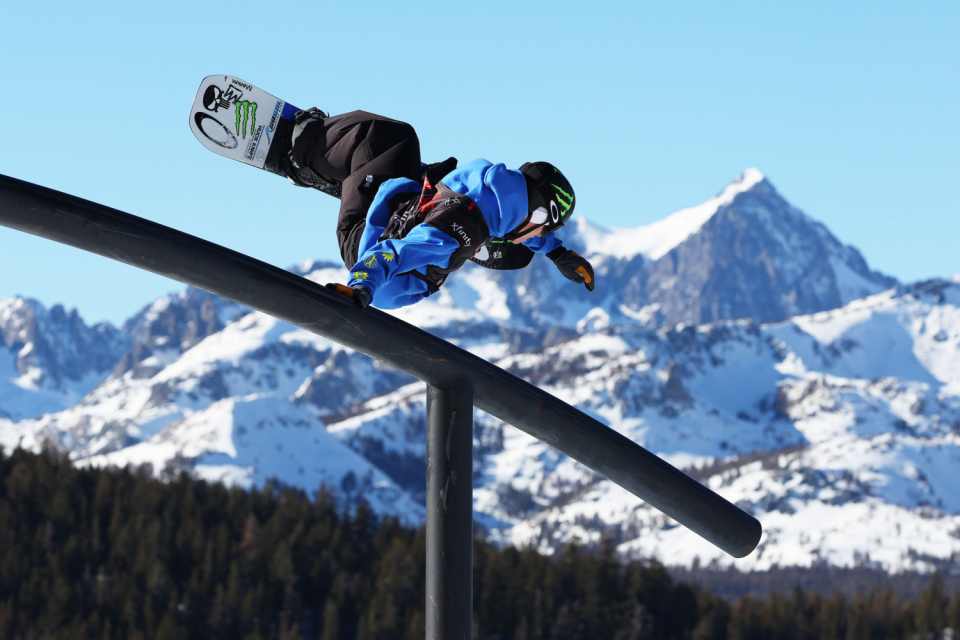
But the connection for Mammoth team members runs deeper than those who just stop by for training.
“It’s home,” said the 18-year-old Henricksen, whose 2021 victory in the X Games slopestyle competition was the first for an American man since White in 2009. “Just the atmosphere, the park, everything is just on point. You can’t pick a better place, in my opinion.”
When he took over as Mammoth's head coach, Wisner elevated the program to U.S. Ski and Snowboard club of the year in 2019. He did it by recruiting families to stay after he took the job, finding coaches from the United States and his native Australia and working 60 to 80 hours a week rewriting the training plan with a simple strategy in mind.
“I always ask my coaches, ‘What’s the new hotness?’” Wisner said while waxing boards in the garage of Mammoth’s slope-side hotel.
Sometimes they test different coaching drills. They explore new techniques in waxing to help riders go faster. Recently, the newest development in snowboarding and free skiing has been air bags like the one Mammoth debuted in 2017.
The 192-foot long, 76-foot wide “progression bag” is an inflatable slide that allows athletes to try more daring tricks with an added layer of safety. No one had put one on top of snow before Mammoth unveiled it a year before the 2018 Pyeongchang Olympics.
Approaching the Beijing Games, air bags in slopestyle and halfpipe training have only continued revolutionizing the sport.
Mastro used an air bag at Mammoth to practice her groundbreaking double crippler, which she used to win the 2019 U.S. Open Snowboarding Championships. The 21-year-old was the first woman to land the double backflip trick in halfpipe competition and is in position to improve on her 12th-place finish from Pyeongchang.
Mastro started training with Mammoth's elite team full-time when she was about 13, sharing the halfpipe with Kim. The Olympians lead Mammoth’s dominance in the women’s halfpipe.
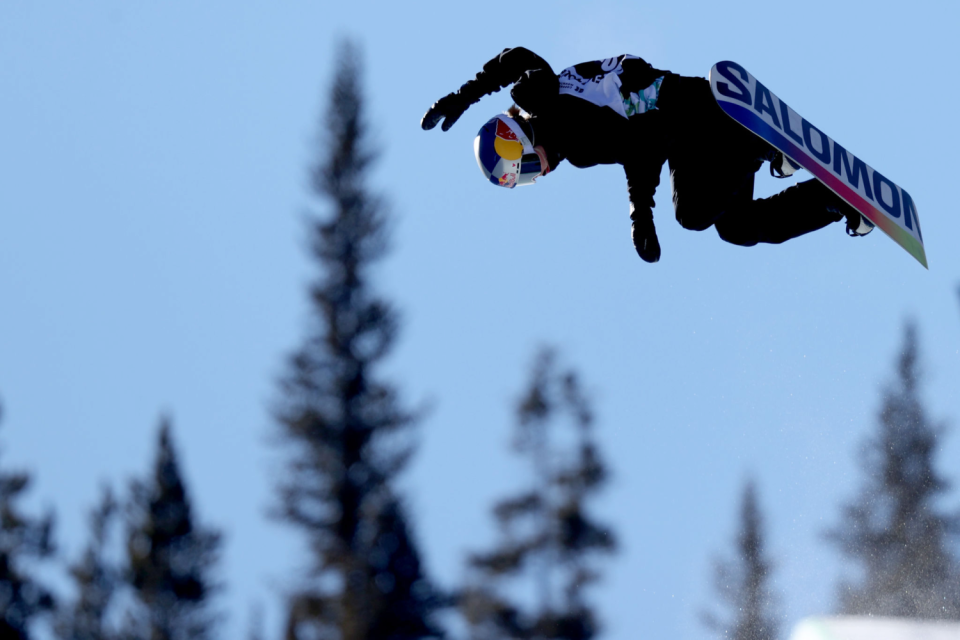
All six women named to the U.S. snowboard team for the 2021-22 season came from Mammoth.
“We obviously loved it and had fun doing it but a lot of us were super competitive,” Mastro said. "We’re pushing each other on the hill. We’re riding together every single day and we all had very similar goals and wants, whether it was to do well in competition or get certain tricks, so it was such a great energy and group to [be] pushing each other on the mountain.”
The next crop of female Mammoth snowboarders ready to conquer the sport includes Bea Kim, a 14-year-old from Palos Verdes, and Sonny Alba, a 15-year-old San Pedro native who won the 2020 U.S. Open Junior Jam. On the boys side, Wisner has high hopes for Levko and Lys Fedorowycz, 17-and 15-year-old brothers, respectively, who can ride both slopestyle and halfpipe.
All four emerging prospects competed at the U.S. Grand Prix at Mammoth in January, a World Cup competition with the top riders in the world. Wisner had another 13-year-old prospect who could have easily reached the finals in the women’s halfpipe, but he won't name her. He doesn’t want to overexpose her just yet.
“It’s a marathon, not a sprint,” Wisner said. “Let your kid develop as they develop. No one’s the same; not everyone’s going to be Chloe Kim at Chloe Kim’s age.”
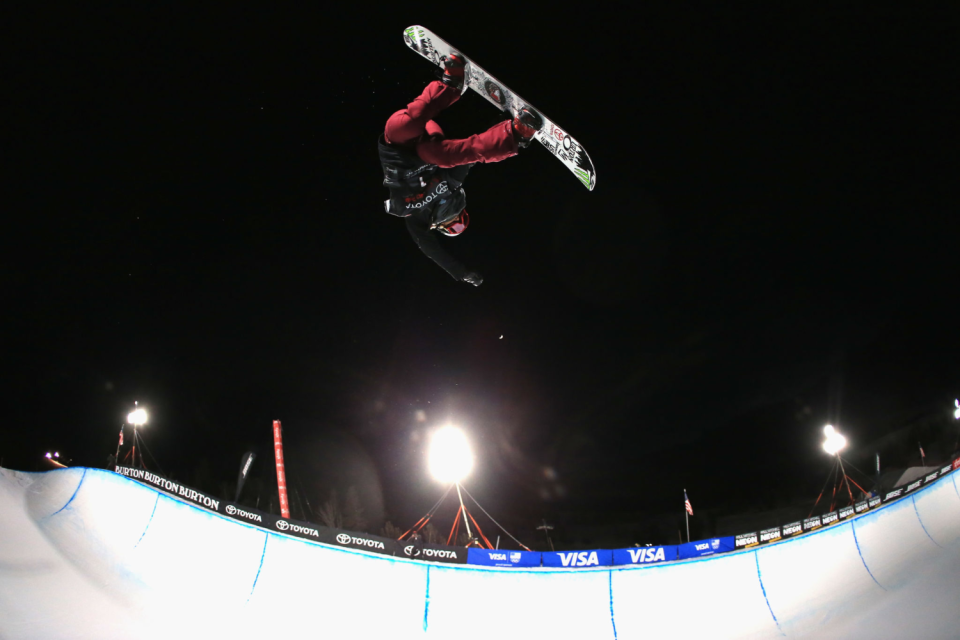
Deliberate, long-term development of athletes is what he called the club's "secret sauce." He knew Chloe Kim was going to be great the moment he spotted the young star at age 6, but he didn't rush to force her into the spotlight in 2014 when the then 13-year-old qualified for the Sochi Games but was too young to compete. People encouraged Wisner to petition to get Kim into the Games, which had a minimum age of 15.
Kim later told NBC Olympics she was glad she couldn't go because she wouldn't have been emotionally ready for the Olympic stage at 13. Four years later, she became the youngest woman to win an Olympic snowboarding gold medal. Now 21, she’s a favorite to repeat.
After years of training together, Kim and Mastro were the first women to clinch their spots on the 2022 U.S. Olympic halfpipe rosters because they are both in the top six of the FIS rankings. They didn’t even have to participate in the final U.S. qualifying event, the U.S. Grand Prix at Mammoth Mountain, to secure their Olympic bids.
But Mastro didn’t miss a grand homecoming opportunity. Standing shoulder to shoulder, the Mammoth team alumni were officially announced as 2022 Olympians on Jan. 8. Loud hometown cheers greeted them as they walked on stage.
This story originally appeared in Los Angeles Times.

 Yahoo Movies
Yahoo Movies 
